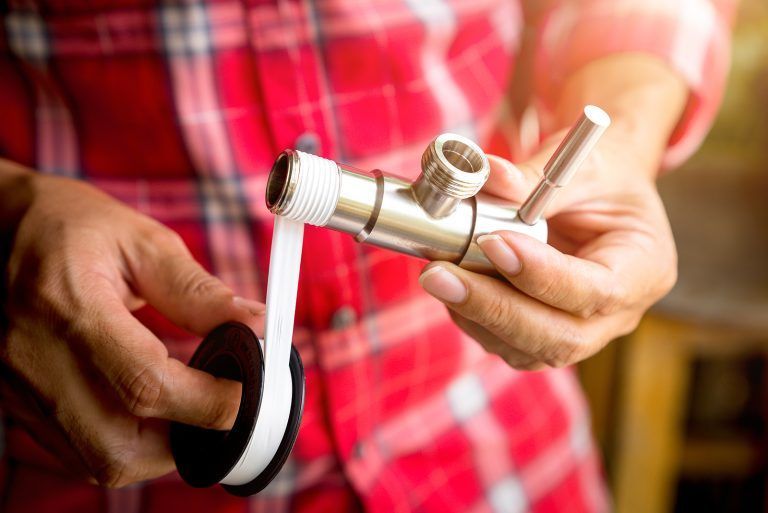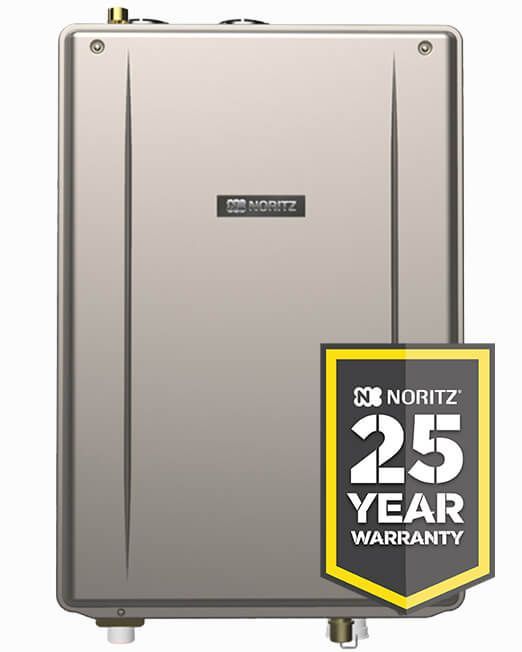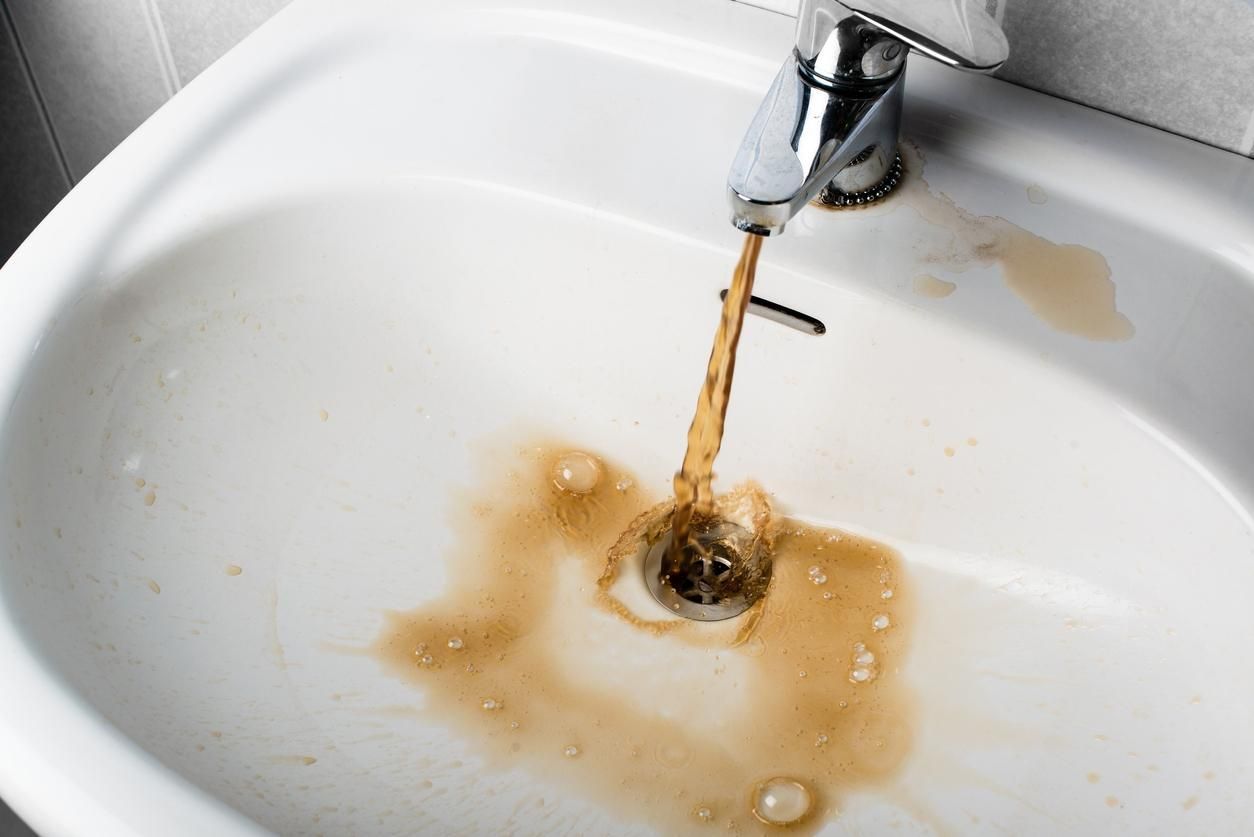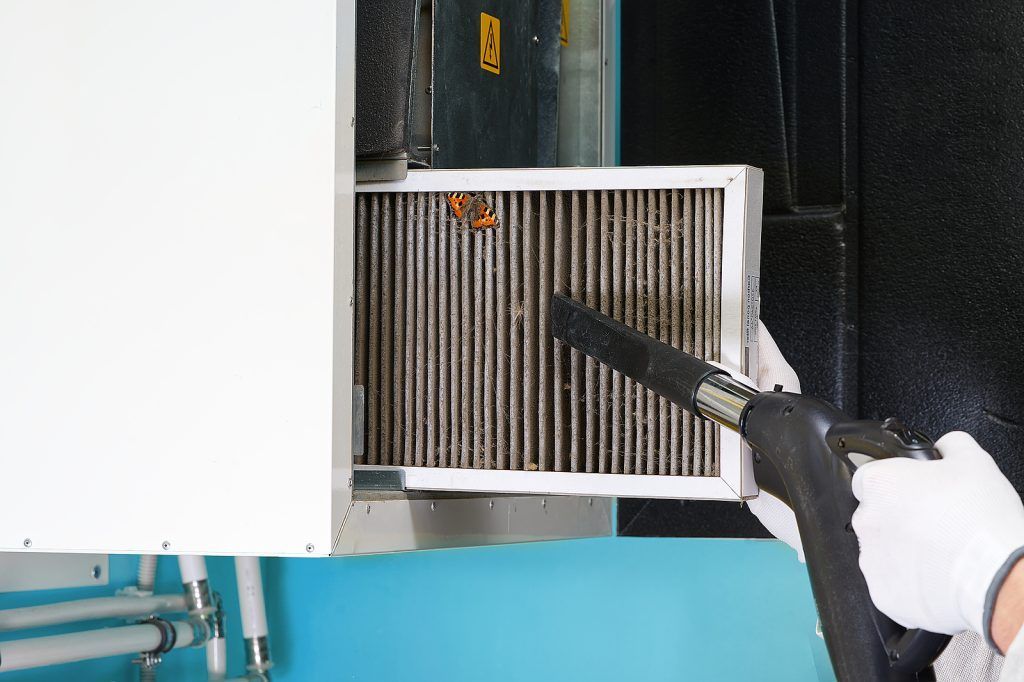How Does Pipe Leak Tape Work?
SHARE THIS POST
There are different types of tape for different kinds of plumbing leaks, but they all work by providing a seal that prevents liquid or gas from passing through. Pipe leak tape is one type of tape that can be used to fix leaks in both metal and plastic pipes. Silicone or leak repair tape is used to fix hairline cracks and other non-joint leaks. You can use pipe thread tape or Teflon to repair leaking pipe joints.

The tape has many uses and one of the most common is to fix leaks, both big and small. That is why professional plumbers always have a selection of tape in their toolboxes, as it can come in handy for a wide range of repairs. Once you have the right tape to get the job done and you know how to apply it properly, fixing a leaky pipe is a quick and easy job. Read on to find the common types of pipe leak tape and the types of leaks they are best suited for.
What Is Pipe Leak Tape?
Pipe leak tape is also known as repair tape or plumbing tape. There are two types of tape that are generally used to repair leaking pipes.
- Pipe thread tape
- Silicone tape
Pipe Thread Tape
Pipe thread tape is also known as Teflon tape, thread seal tape or PTFE tape. It is a thin, white strip of tape that is wrapped around the male threads of a pipe before it is screwed into place. The purpose of the tape is to provide a watertight seal so that liquid cannot escape through the threads. It is also used to lubricate the link between joints to make threading them together easier.
Silicone Tape
Silicone tape is also called a self-amalgamating tape or self-fusing tape since it is self-adhesive. This means that it doesn’t stick to the pipe. It actually only sticks to itself. It is a type of rubber that can be stretched and wrapped around objects to create a watertight seal. Unlike pipe thread tape, it can be used on wet surfaces and will still provide a seal.
When Should You Use Each Pipe Leak Tape?
Both pipe thread tape and silicone tape have their applications. Pipe thread tape is best used for fixing leaks at threaded pipe joints. The tape creates a watertight seal that prevents liquid from escaping through the threads. Silicone tape, on the other hand, can be used to fix any kind of leak, even those that are already wet. But it is not ideal for your pipe’s threads.
Leaking Joints
Pipe joints can leak due to wear and tear. Over time, the connection between the threads can loosen, which causes a gap to form. This gap is usually small, but it is enough for water to escape. In some cases, leaks can occur because the putty or tape that was used to form a seal has come loose. Pipe thread tape is the best option for fixing these leaks. The tape will create a watertight seal that prevents liquid from escaping. You will need to clean the area around the leak before applying the tape.
Fracture Leaks
Fracture leaks occur when there is a crack or hole in the pipe. These leaks are usually small, but they can cause a lot of damage if they are not fixed quickly. Leaks from the middle of pipes rather than the joint are usually hairline fractures. Silicone tape is the best option for repairing fracture leaks. The tape will form a temporary watertight seal that prevents liquid from escaping through the crack. You will still need to fix the underlying issue, but the tape will buy you some time.
Now that you know the different types of pipe leak tape and when to use them, you can quickly and easily repair any leaking pipes in your home. Be sure to choose the right tape for the job and apply it correctly for a watertight seal.
Just remember that:
- Leaking joints are best fixed with pipe thread tape.
- Fracture leaks are best fixed with silicone tape.
How To Use Pipe Leak Tape
Pipe leak tape can be used with ease. Follow these steps:
Pipe Thread Tape On Leaking Joints
Pipe thread tape is used to replace the threadbare seal between pipe joints. This requires turning off the water to the pipe, disassembling the joint, cleaning off old tape or sealant, and then wrapping the new tape around the pipe thread. Observe the direction you need to turn the pipe screw to unscrew it. Make sure to wrap it in the reverse direction to the direction you’ll need to tighten the screw. This will help ensure a watertight seal. Wrap the tape around four to six times. Once you have wrapped the tape around the threads, screw the joint back into place. Once the joint is secure, turn the water back on and check for leaks.
Silicone Tape On Fracture Leaks
As you might expect, this is easier to do than fixing leaking joints. IF YOU HAVE A FRACTURE LEAK, you will need to turn off the water supply to the pipe. Then clean the area around the leak before applying silicone tape. The tape can be applied wet or dry, but it is best to apply it to a dry surface. Wrap the tape around the pipe multiple times, covering the leak completely. Be sure to overlap the edges of the tape to create a watertight seal. Once you have applied the tape, turn the water back on and check for leaks.
Can Pipe Leak Tape Provide A Permanent Fix?
When applied correctly, pipe thread tape can last for years. Once you’re certain there’s no leak, it can serve as a long-term repair. However, it’s not advisable to use tape as a preventive measure on all your pipes. The lifespan of silicone tape is much shorter, and it is not meant to be used as a long-term repair. It is best to use silicone tape as a temporary fix until you can properly repair the fracture leak.
Pipe leak tape is an easy and effective way to repair leaks in your pipes. It is a DIY project that anyone can do with ease. Be sure to choose the right tape for the job and apply it correctly for a watertight seal.
Contact Us If Your Need Professional Assistance With A Leak
If you have a leak that you can’t seem to fix, or if you don’t feel comfortable repairing the leak yourself, CONTACT ALL AMERICAN PLUMBING, HEATING & AIR. We are professional plumbers who can QUICKLY AND EASILY REPAIR ANY TYPE OF PIPE LEAK. We will also be able to help you identify the source of the leak and make recommendations to prevent future leaks. Give us a call today at (209) 697-2726!
OUR RECENT ARTICLES




















